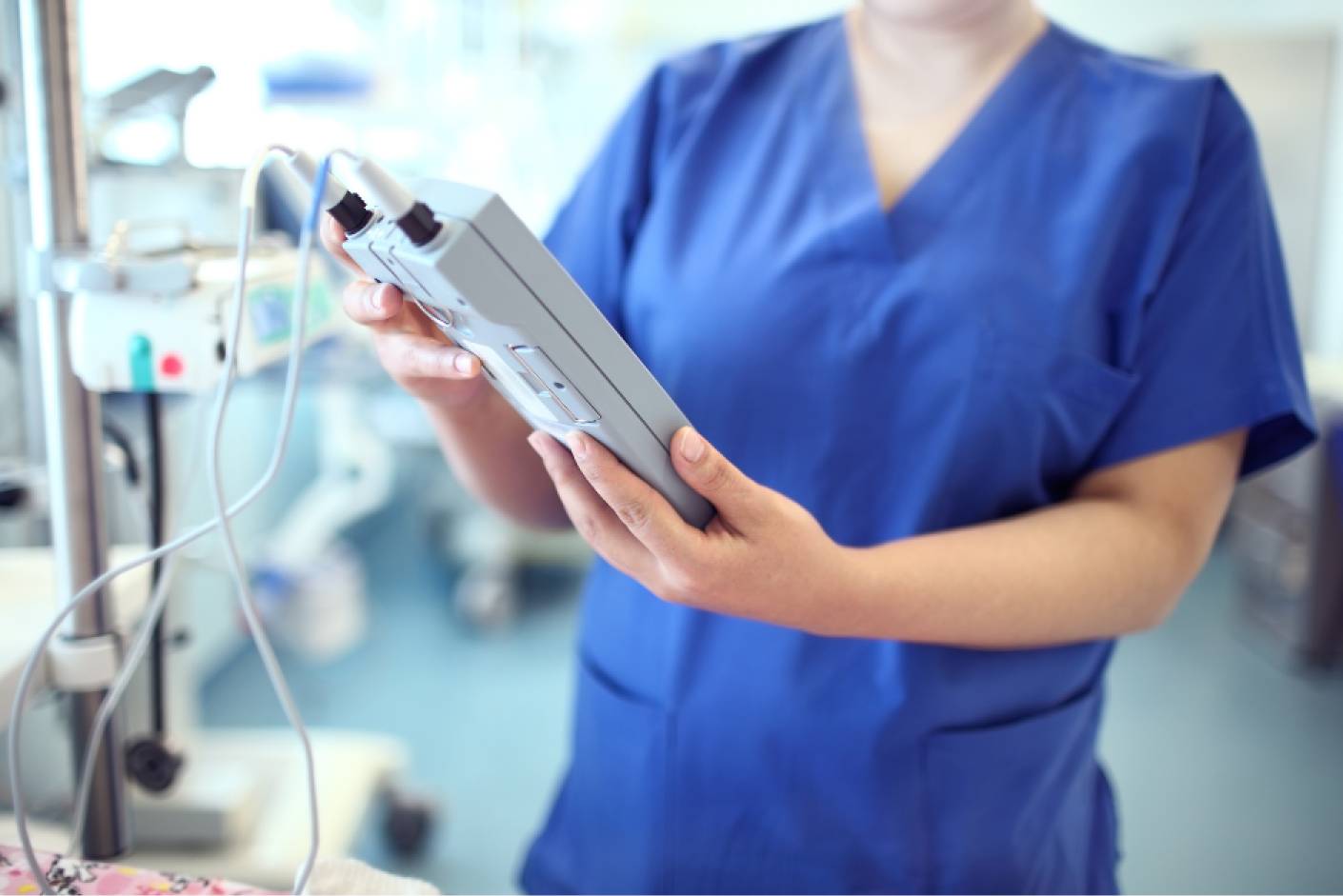
Table of content
The Medical Device Coordination Group (MDCG), a voluntary association of national regulating authorities cooperating to improve the existing legal framework, has published a questions-and-answers document dedicated to clinical investigations.
The document provides an overview of the applicable regulatory requirements, as well as additional clarifications and recommendations to be considered by the parties involved to ensure compliance with it.
It is also important to mention that recommendations in the guidance could be subject to changes, should such changes be reasonably necessary to reflect corresponding amendments to the underlying legislation.
In particular, the document provides detailed guidance on the regulatory pathways for conducting clinical investigations of medical devices in the European Union, as outlined in the Medical Device Regulation (MDR).
Regulatory Requirements
It addresses various scenarios, such as investigations for CE-marked devices and pilot stage studies, and outlines the applicable regulatory requirements.
- Regulatory Pathways for Clinical Investigations: For clinical investigations aimed at collecting data for conformity assessment of a medical device, the MDR requires compliance with Articles 62 to 80.
These investigations may have multiple objectives, such as verifying performance, clinical benefits, and safety. They can involve both CE-marked devices used outside their intended purpose and devices without a CE marking. - Clinical Investigations for Specific Device Classes: For class I, non-invasive class IIa, or class IIb devices, national provisions might be relevant, as per Article 70(7) of the MDR.
For other devices, the authorization procedure is described in Article 70(7) point (b) of the MDR. Annex I of the document provides an overview of various pathways, including national requirements under Article 82 of the MDR. - Pilot Stage Clinical Investigations: These early-stage investigations include first-in-human and feasibility studies. Their primary aim is to assess initial clinical safety and performance, and while they provide valuable data for device development, they are generally insufficient for CE marking. As it is stated in the guidance, the applicable standard ISO14155:2020 offers more information on these investigation types.
- Regulatory Pathway for Pilot Stage Investigations: For preliminary safety and performance data in pilot stage investigations, Article 62 of the MDR is typically applied. Annex I guides you through different possible pathways for applying for a clinical investigation.
- Combining Clinical Development Stages: According to the document, combining different study designs in one clinical investigation, such as exploratory and confirmatory stages, is possible but should be done restrictively. Phased approach investigations may require conditional approval, where data from the first stage informs the second stage’s study design.
- Regulatory Pathway for CE-Marked Devices: For investigations involving CE-marked devices, it is vitally important to determine whether the investigation aligns with the device’s intended purpose.
Depending on the nature of the study, different articles of the MDR apply, including Article 74 for post-market clinical follow-up investigations.
National legislation plays an essential role in this respect. - Assessing Intended Purpose for Clinical Investigations: To determine if a device’s use in a clinical investigation aligns with its intended purpose, various documents should be reviewed, including the EU declaration of conformity, labeling, and clinical evaluation reports.
- Defining Burdensome or Invasive Procedures: Additional, invasive, or burdensome procedures compared to normal device usage require notification to Member States under Article 74(1) of the MDR.
The definition of these terms is subject to interpretation and evolution over time. - Clinical Studies of Medical Devices with Medicinal Products: Devices incorporating medicinal substances are regulated differently based on whether the action of the substance is ancillary or principal.
Devices intended to administer medicinal products are governed by the MDR, but integral products combining a device and a medicinal product follow different regulations.
Annex III provides a flowchart for determining applicable requirements.

Conclusion
In summary, the present MDCG guidance provides an overview of the regulatory frameworks and considerations for conducting clinical investigations of medical devices in the EU, as per the MDR.
It emphasizes the importance of aligning investigations with device purposes and adhering to specific articles of the MDR, depending on the nature of the device subject to review and investigation conducted.
How Can RegDesk Help?
RegDesk is a holistic Regulatory Information Management System that provides medical device and pharma companies with regulatory intelligence for over 120 markets worldwide. It can help you prepare and publish global applications, manage standards, run change assessments, and obtain real-time alerts on regulatory changes through a centralized platform. Our clients also have access to our network of over 4000 compliance experts worldwide to obtain verification on critical questions. Global expansion has never been this simple.

